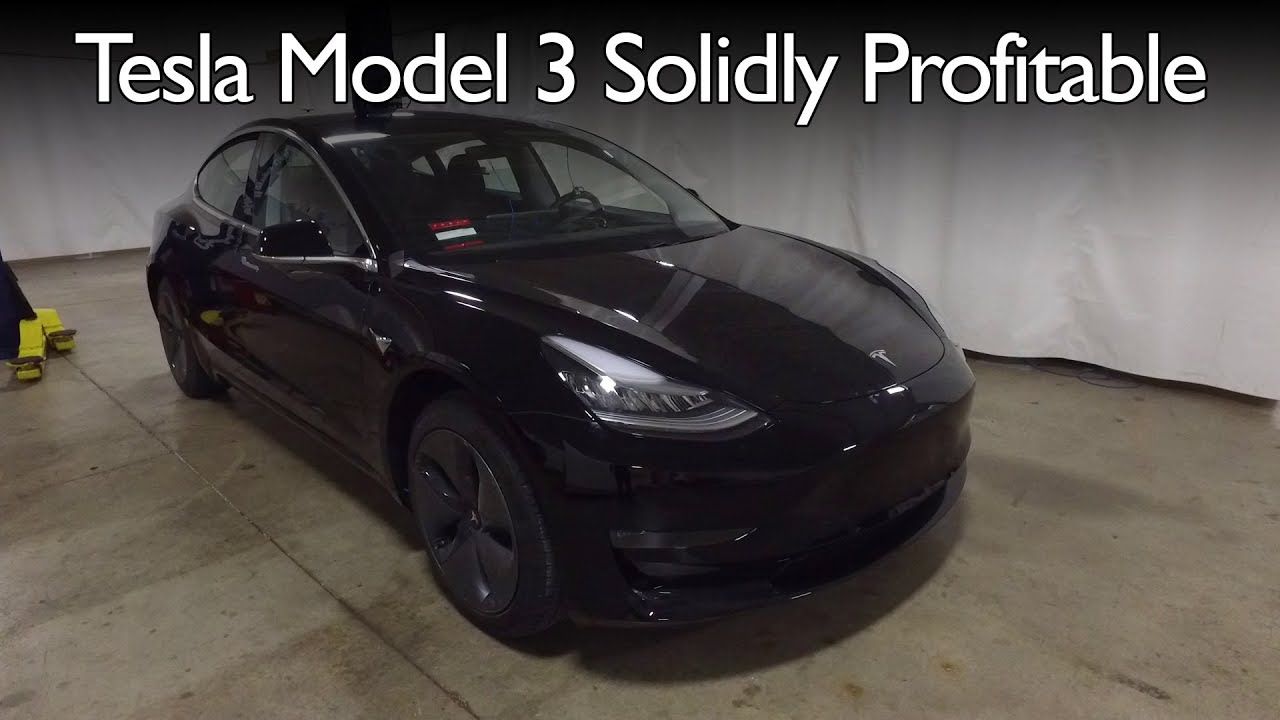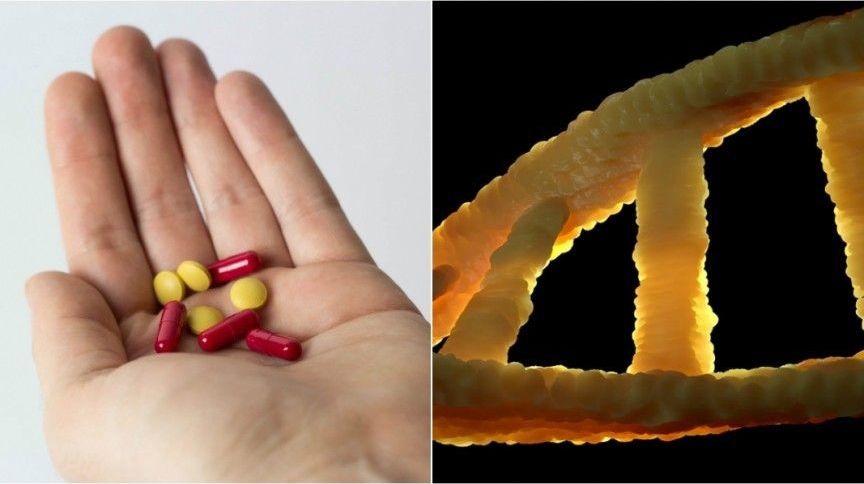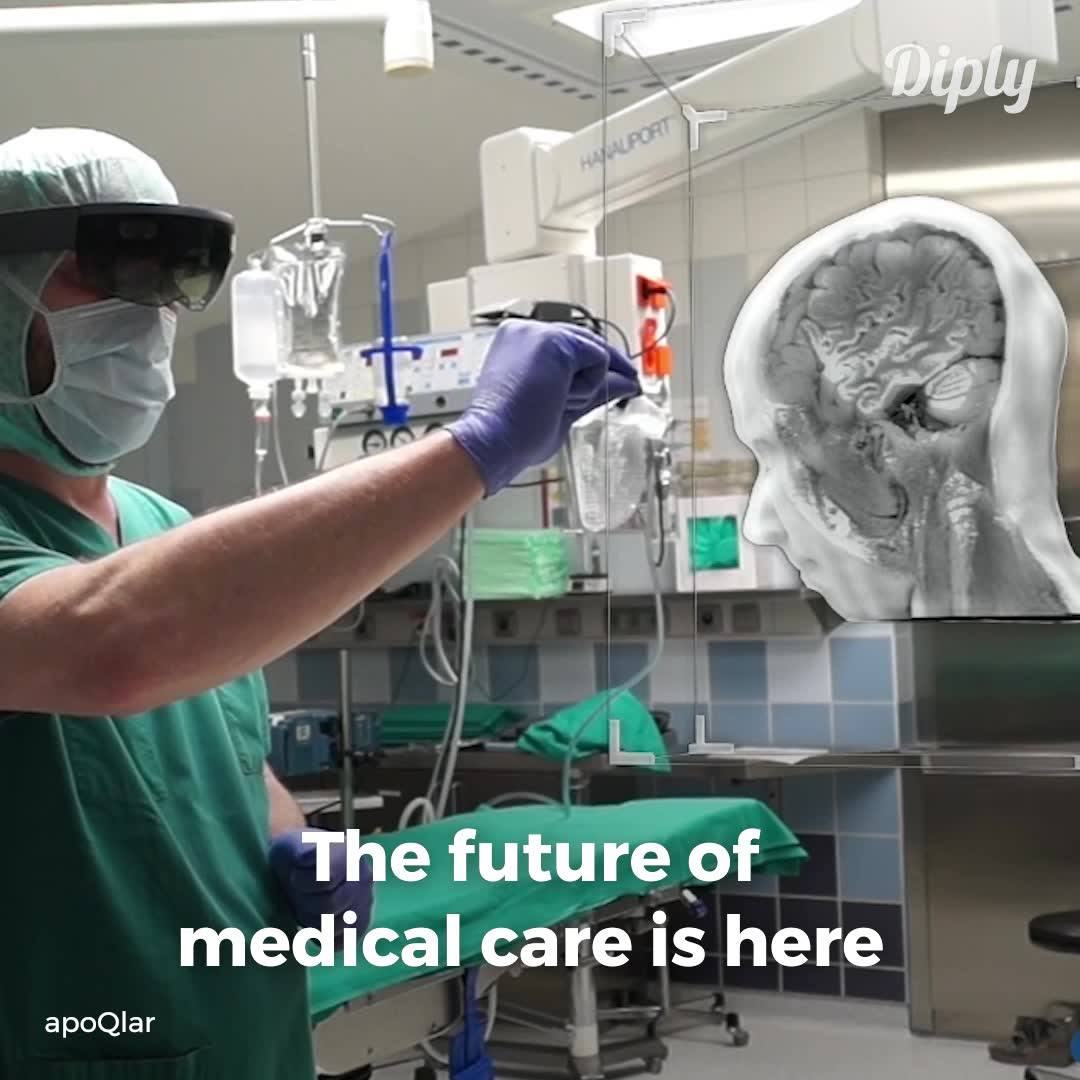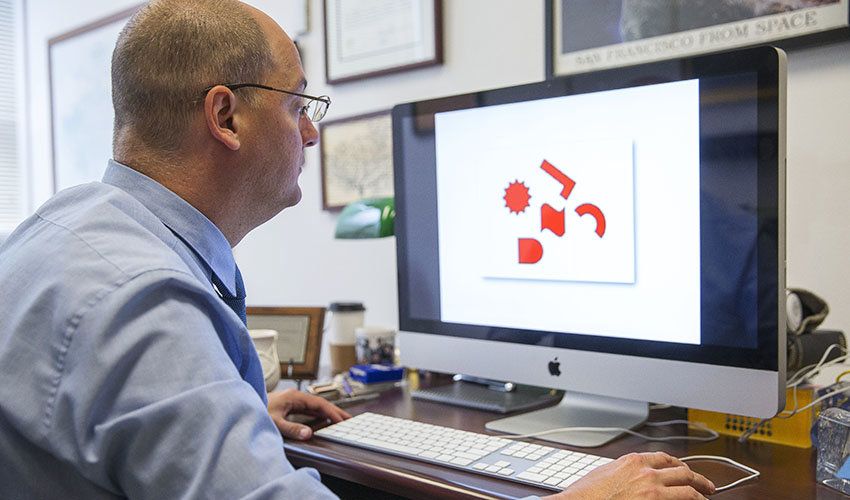A dream of advocates of low cost space access has been beam propulsion of various types, whether laser, microwave, or particle beams.
The engineering firm Munro & Associates made waves recently when it tore the new Tesla Model 3 apart both literally and figuratively. The company dismantles and studies cars and other products, and CEO Sandy Munro was very vocal about his feelings regarding Tesla’s newest electric vehicle. He said the build quality was like a Kia from the 90s. Now, the company has completed its analysis. While Munro’s opinion on the fit and finish hasn’t changed, he has expressed downright shock that the Model 3 is highly profitable for Tesla.
The initial Munro & Associates analysis of the Model 3 called out issues like clunky door handles and windows that bounce around inside the door panels. The exterior panels of the Model 3 also drew Munro’s ire. The gaps are substantially larger than the more expensive Teslas — even conventional cars that cost thousands less look more polished on the outside, according to Munro.
To say Munro & Associates was skeptical of the Model 3 early on would be an understatement. Now, Sandy Munro says he’s “eating crow,” but not because the Model 3 has better polish than he initially thought. The company has determined that it’s very profitable for Tesla. It’s probably the most profitable electric vehicle on the road right now.
Designer babies are on the horizon after an influential group of scientists concluded that it could be ‘morally permissible’ to genetically engineer human embryos.
In a new report which opens the door to a change in the law, the Nuffield Council on Bioethics, said that DNA editing could become an option for parents wanting to ‘influence the genetic characteristics of their child.’
Although it would be largely used to cure devastating genetic illnesses, or predispositions to cancers and dementia, the experts said they were not ruling out cosmetic uses such as making tweaks to increase height or changing eye or hair colour, if it would make a child more successful.
Think you’re totally in control of your thoughts? Maybe not as much as you think, according to a new San Francisco State University study that examines how thoughts that lead to actions enter our consciousness.
While we can “decide” to think about certain things, other information—including activities we have learned like counting—can enter our subconscious and cause us to think about something else, whether we want to or not. Psychologists call these dispositions “sets,” explains SF State Associate Professor of Psychology Ezequiel Morsella, one of four authors on a new study that examines how sets influence what we end up thinking about.
Morsella and the other researchers conducted two experiments with SF State students. In the first experiment, 35 students were told beforehand to not count an array of objects presented to them. In 90 percent of the trials, students counted the objects involuntarily. In a second experiment, students were presented with differently colored geometric shapes and given the option of either naming the colors (one set) or counting the shapes (a different set). Even though students chose one over the other, around 40 percent thought about both sets.
NASA has recently announced it would give funds to a California-based 3D printing company for finding ways to turn asteroids into giant, autonomous spacecrafts, which could fly to outposts in space, the media reported.
Made In Space’s project, known as RAMA (Reconstituting Asteroids into Mechanical Automata), could one day enable space colonization by helping make off-Earth manufacturing efficient and economically viable, Space.com reported.
The company plans to use 3D printing to turn the asteroids into self-flying vehicles by 2030.









